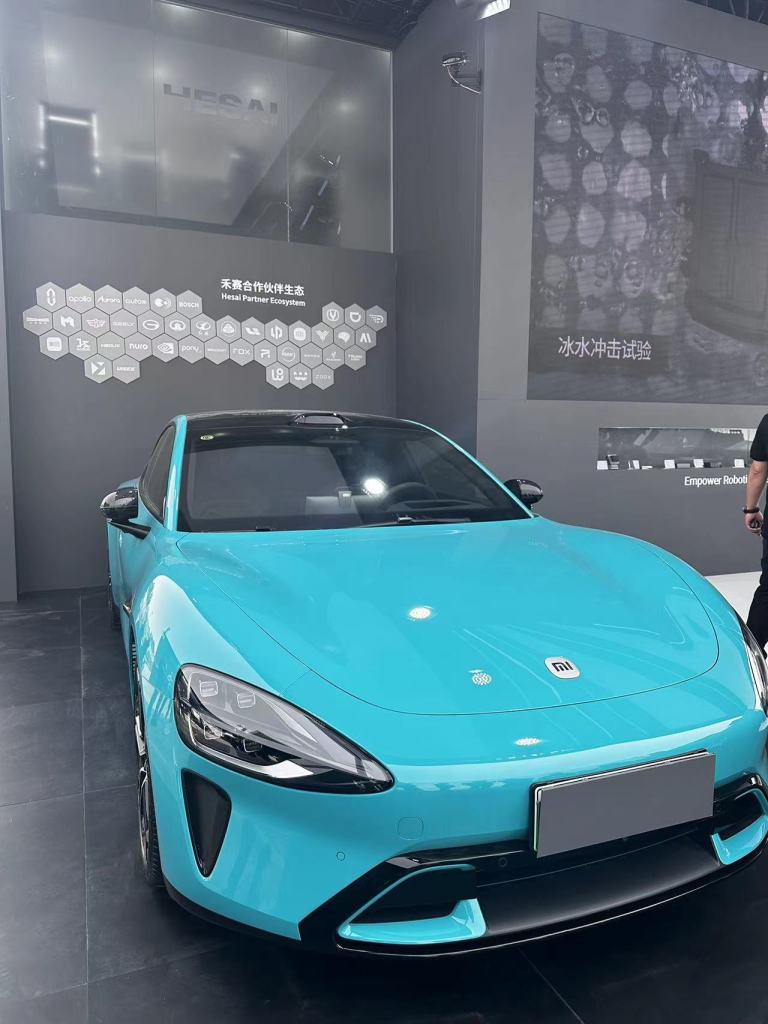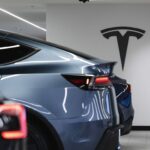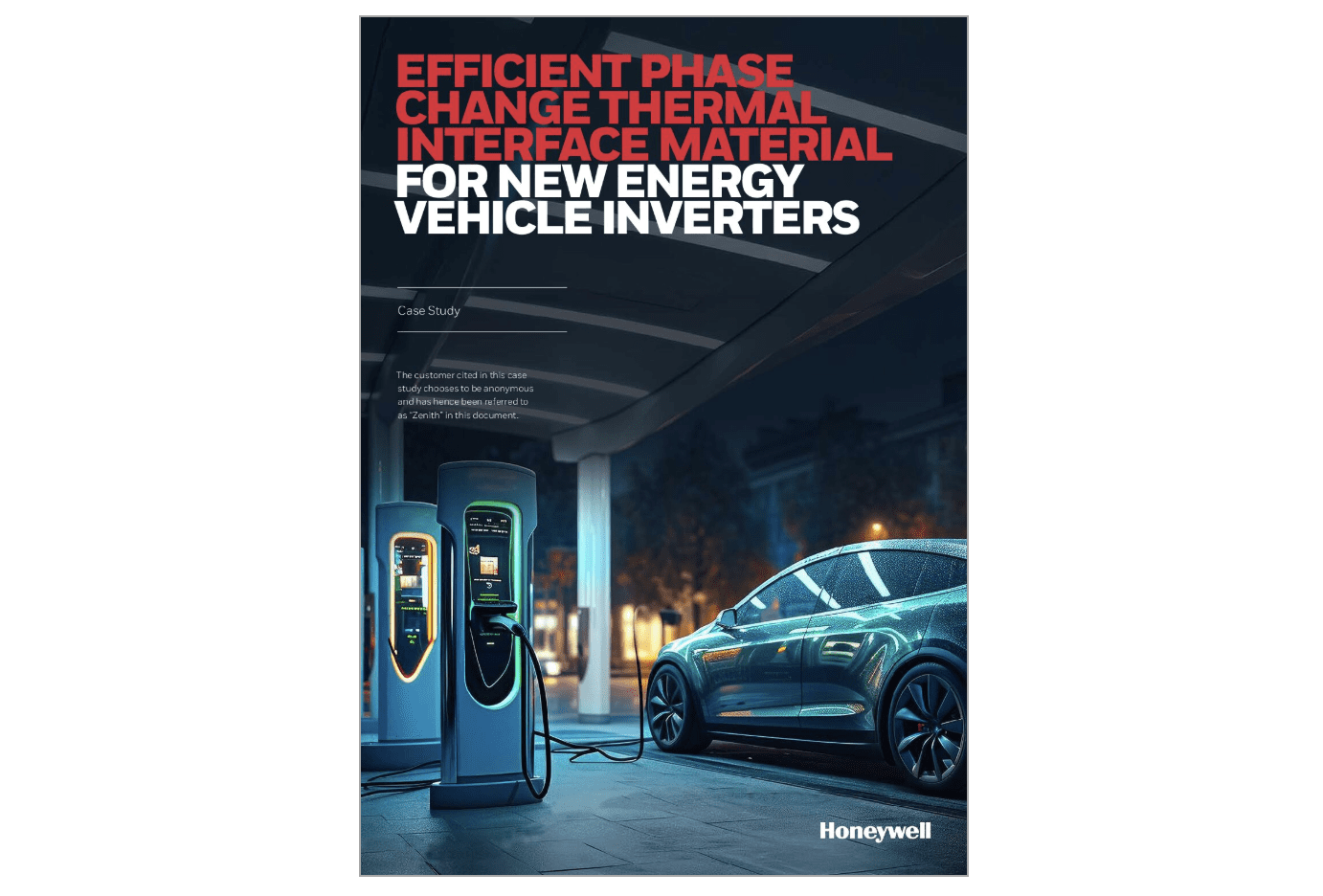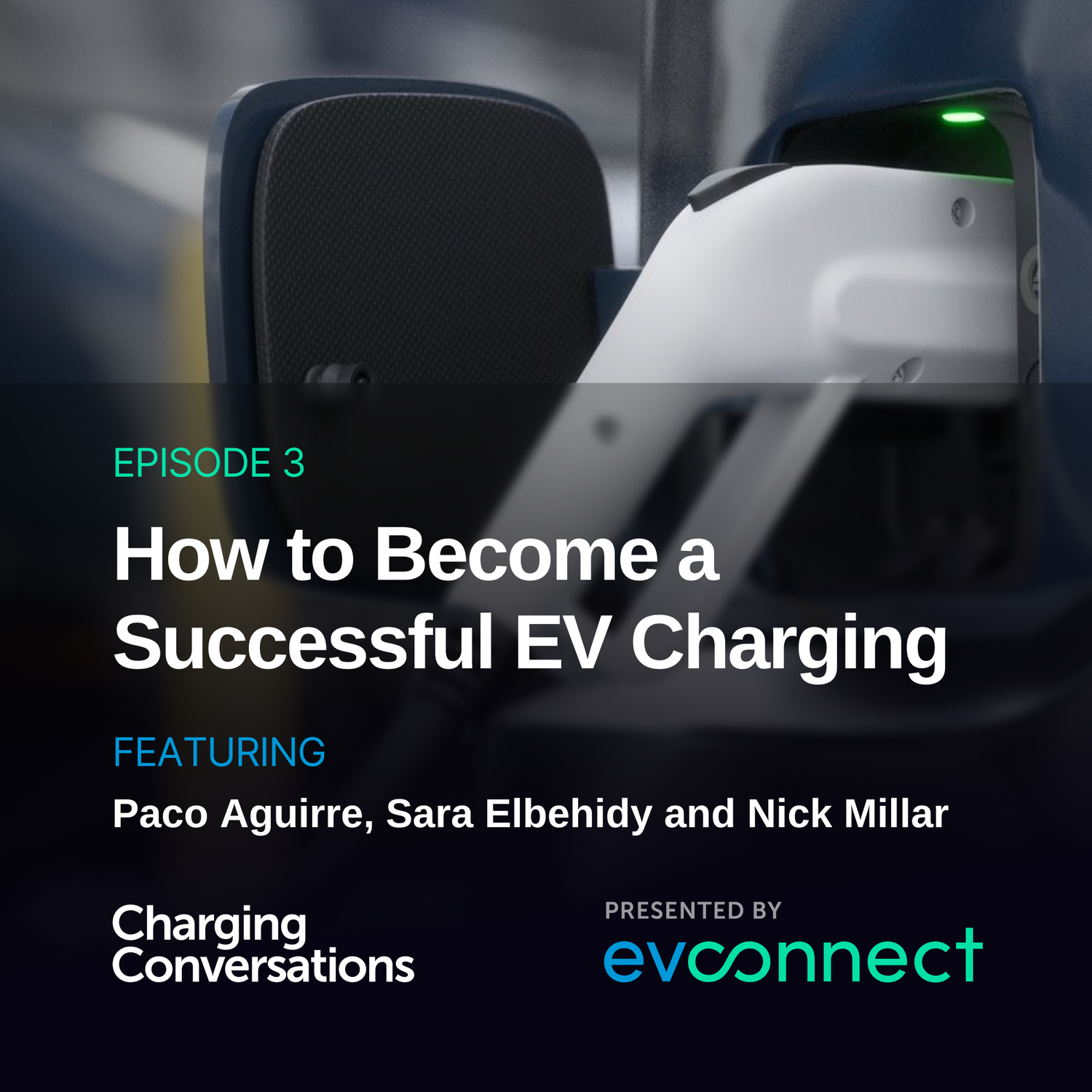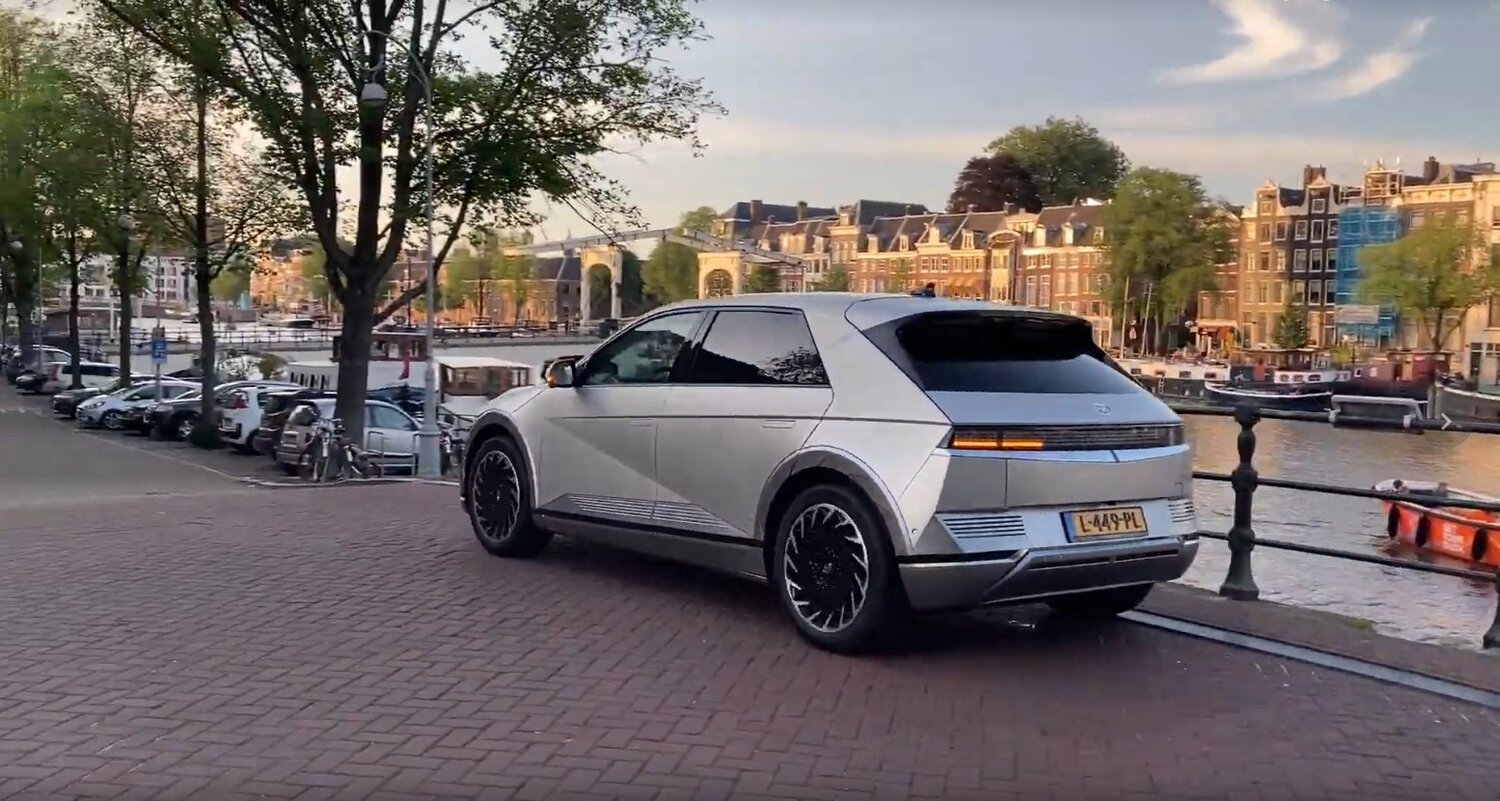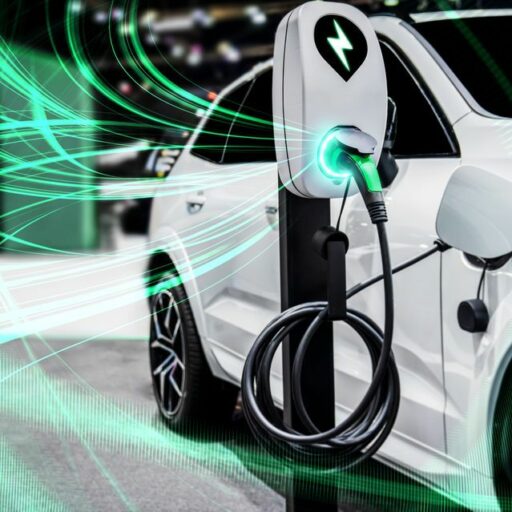I covered international suppliers in China extensively when I reported there for Automotive News. During that period – from 2003 to 2008 – multinational suppliers were expanding rapidly, looking to both supply the China market and to export to other markets.
Revisiting my Automotive News stories from that time, I landed on a story I wrote in January of 2006 titled “Magna shifts focus to China.” Coincidentally, Magna just opened (I mean now, in 2025) a ginormous new China headquarters in Shanghai. Think some 107,639 sq. ft., or 10,000 sq. meters.
That’s a big investment and it got me thinking about how all those global suppliers are doing in China nowadays. The market is completely different from when I lived there. Foreign brands, and vehicles with internal combustion engines, are on the decline. Chinese companies are taking an ever-larger share of China’s light vehicle market. I hesitate to say “automakers” since the darling of the moment seems to be Xiaomi, a mobile phone maker whose SU7 EV is selling like gangbusters in China. It has sold more than 200,000 units since deliveries began in March 2024.

Magna, meanwhile, hasn’t stood still in China. It now has 69 manufacturing and assembly sites in China; 16 engineering, product development and sales sites; and more than 30,500 employees.
Magna is huge – it produces hardware and electronics for vehicles — so when the China auto market changed, it could supply components and software for smart and electric vehicles. And it’s clear that Magna saw where the wind was blowing in China. Hopefully it pivoted quickly enough.
I just read that Magna will have a booth at Auto Shanghai later this month for the first time. (It makes me sad to write that as I won’t be there.) And what will it display in that booth? Motor vehicle technology and high-performance parts and systems. We’re talking ADAS stuff, “sustainable innovations” (whatever the hell those are), and “personalized brand experience.” Again, not sure what that is. But it seems the perfect thing for the China market, where smart electric vehicles need to be like sitting in one’s home with all one’s electronic entertainment and communication functions within reach.
Magna’s 2024 China sales increased by 15% with approximately 60% of these sales coming from domestic OEMs (italics added). That’s crucial. As my friend Tu Le told me, multinational suppliers “that want to continue to do business in China will double down on the Chinese market and Chinese customers. At least that’s what I am being told.”
I think the fact that Magna highlights that more than half its sales in China came from domestic OEMs validates what Tu is hearing. The “Strategic Updates” in Magna’s 2024 AR include an 800-volt dedicated hybrid drive system for a China OEM and a reconfigurable seat system for a China OEM
The multinational suppliers who haven’t successfully pivoted to domestic automakers could have looked to exports to take up some of the slack from slumping China sales. Indeed, when I interviewed Hogan back in 2006, Magna was looking to export from China. Those plans are no longer feasible. Tariffs of 245%, or whatever that number is tomorrow or next week, put an end to that.
I just wonder if a handful of domestic customers can sustain such a huge China footprint, for Magna or other multinational suppliers in China. Among the risk factors noted in the 2024 AR is the tariffs and any retaliatory measures enacted against the U.S. by countries including China.
Those measure will increase Magna’s input costs, increase the price U.S. customers pay for Magna’s products, increase borrowing costs for consumers and decrease vehicle affordability, decreasing demand, “which could have a material adverse effect on the demand for our products, our sales, profitability and competitive position,” Magna notes.
It doesn’t end there. Customer-Related risks include moves by EV-focused OEMS from China into the European market. “While we are targeting growth with some of the newer EV-focused OEMs, we do not have relations with all, nor are such relationships as well established as those with our traditional customers. The failure to sufficiently grow our sales to those EV-focused OEMs which achieve significant commercial success could adversely impact our long-term strategy,” the AR says.
Sigh. It’s a hard time to be a multinational supplier in China. Hell, globally. these days.
